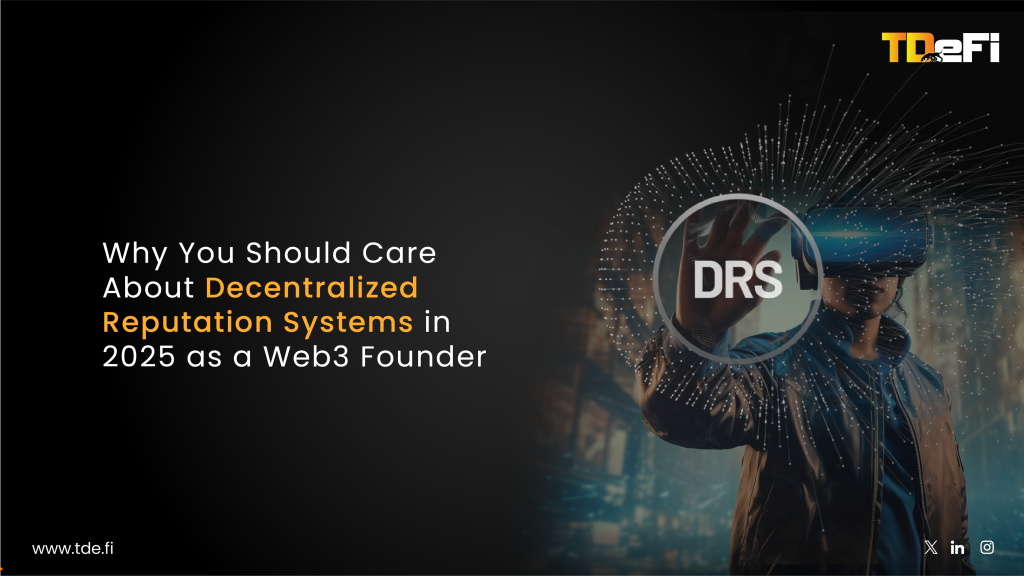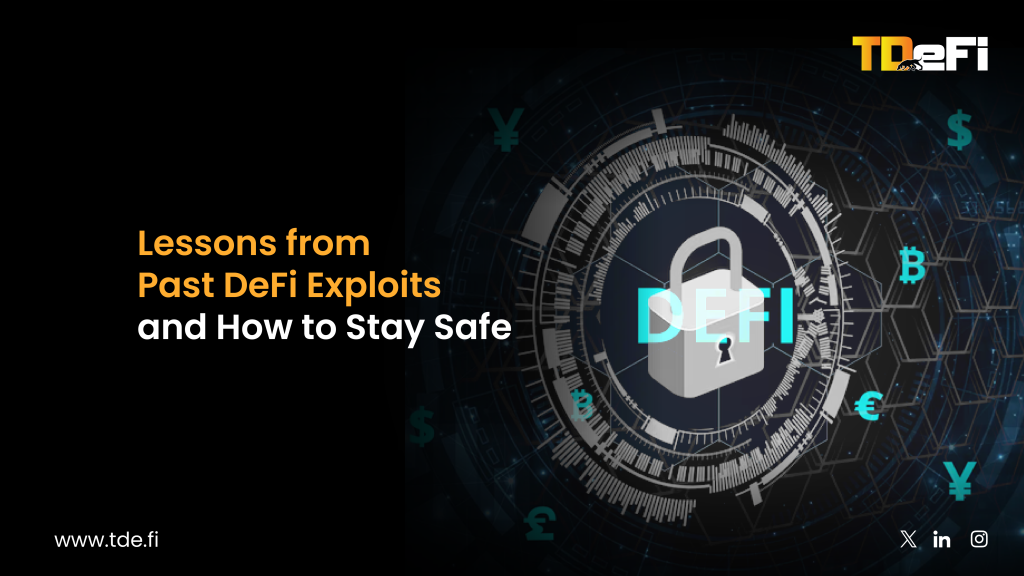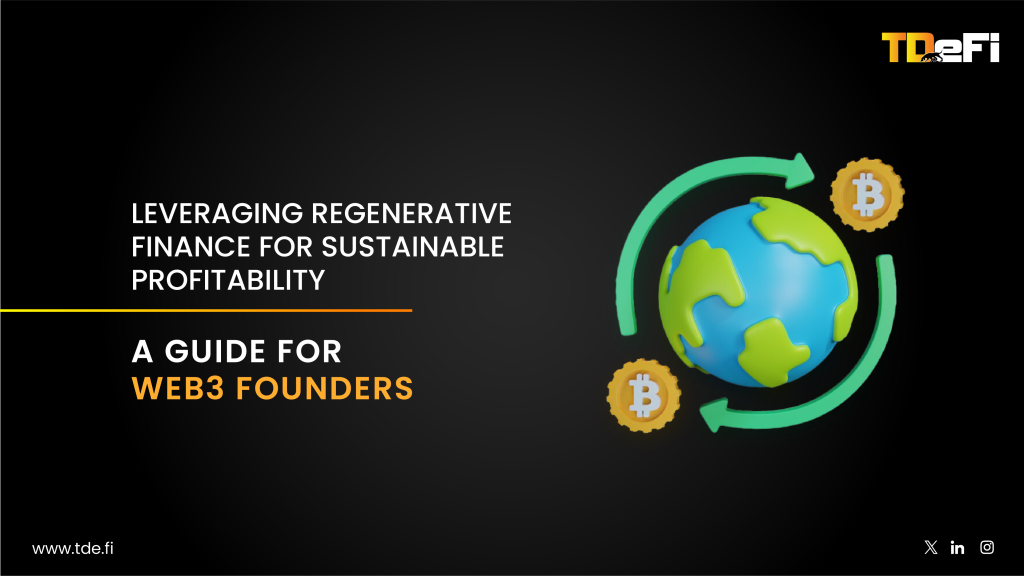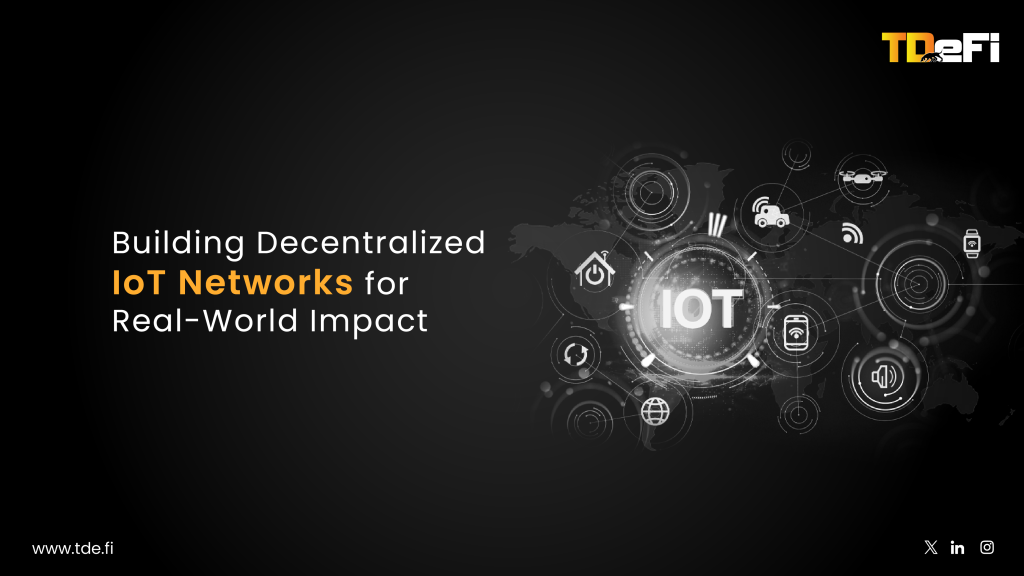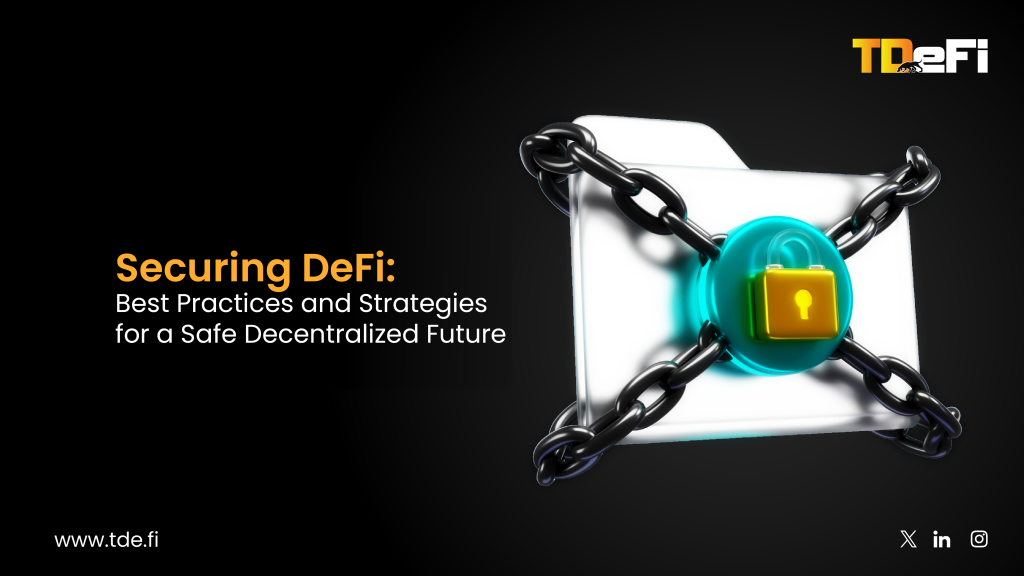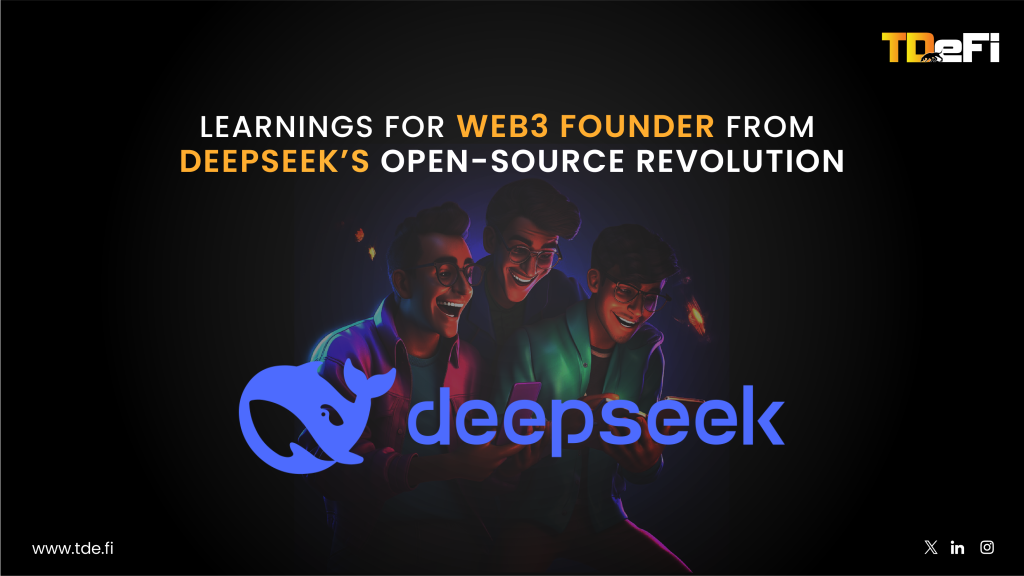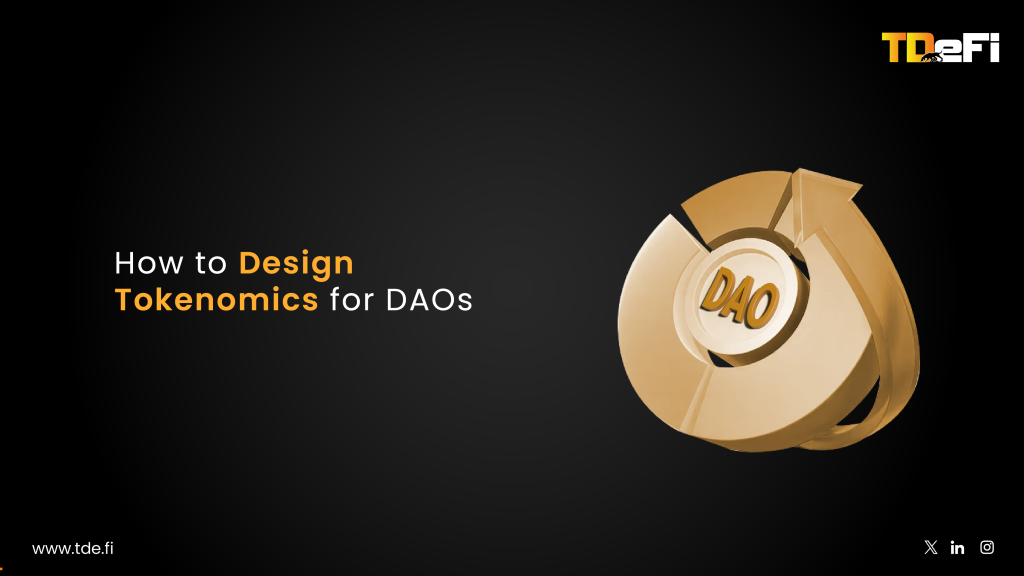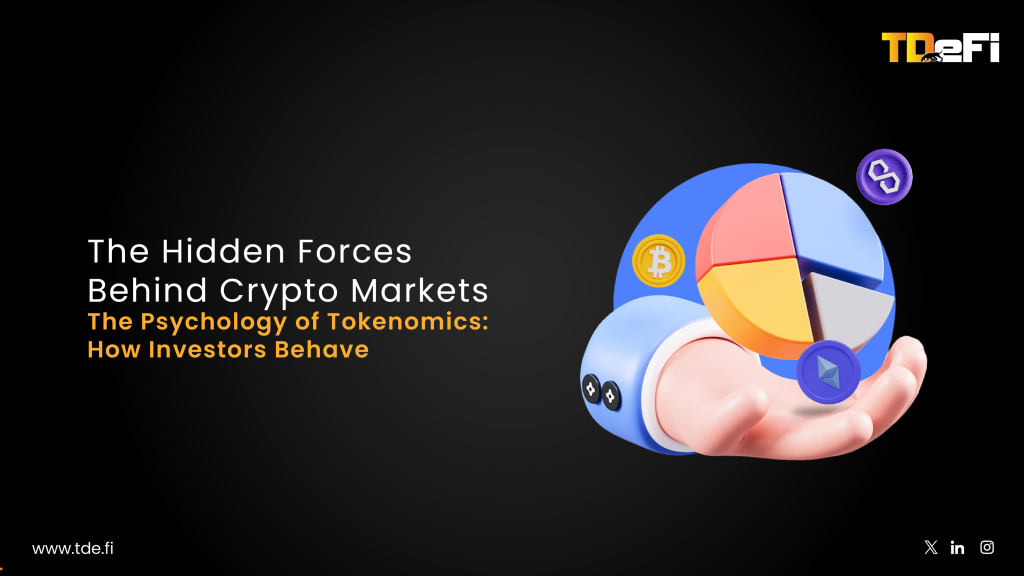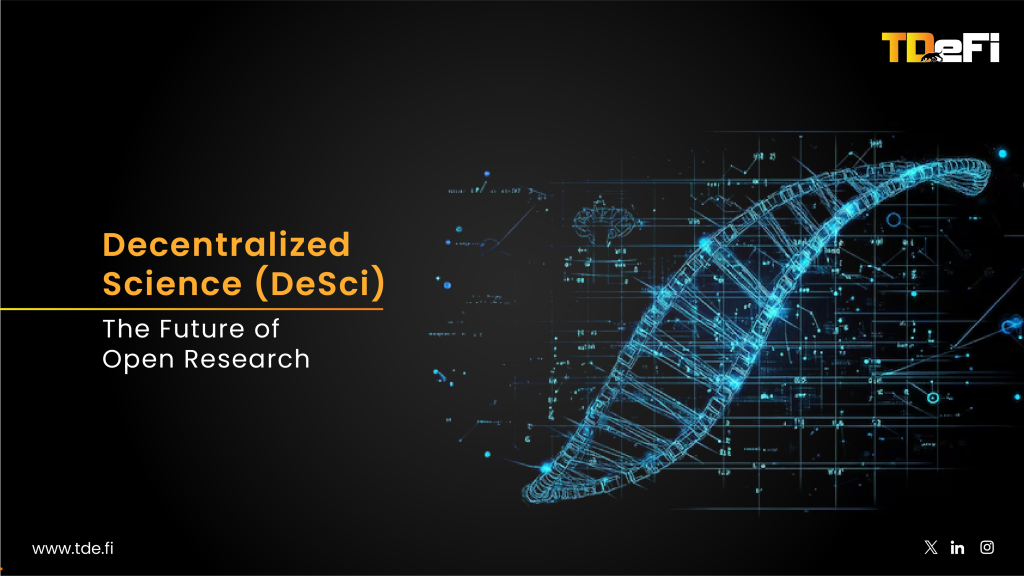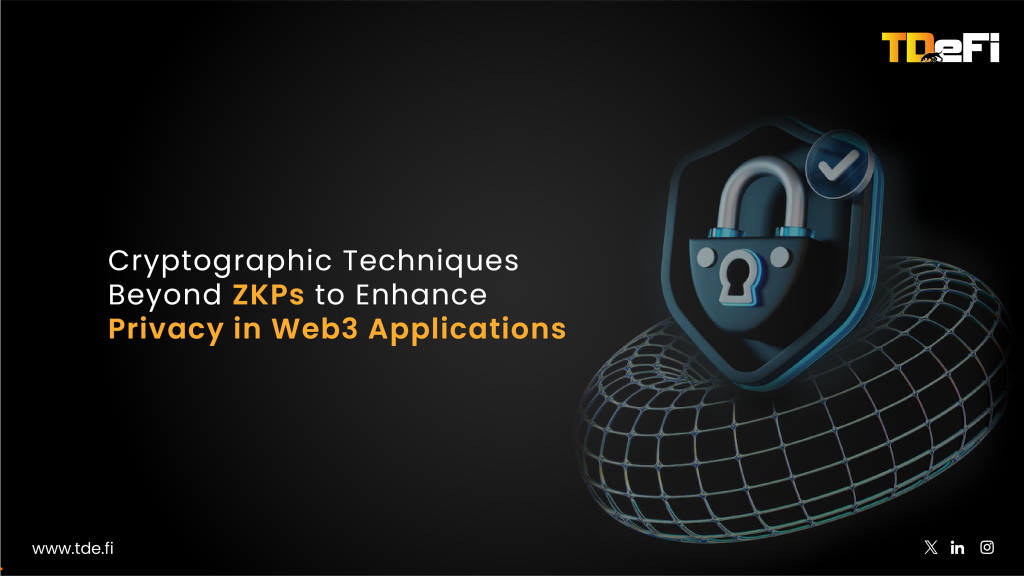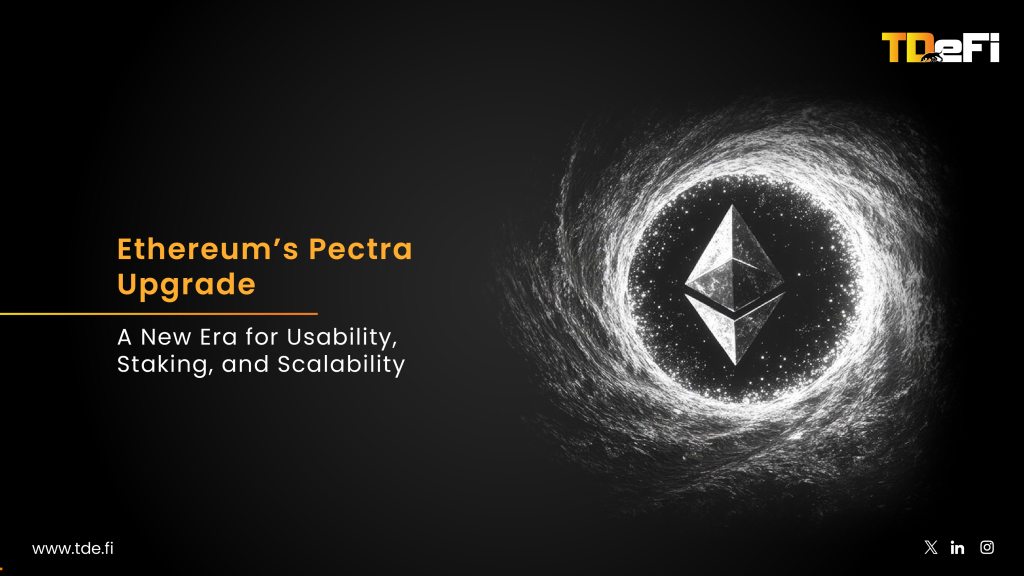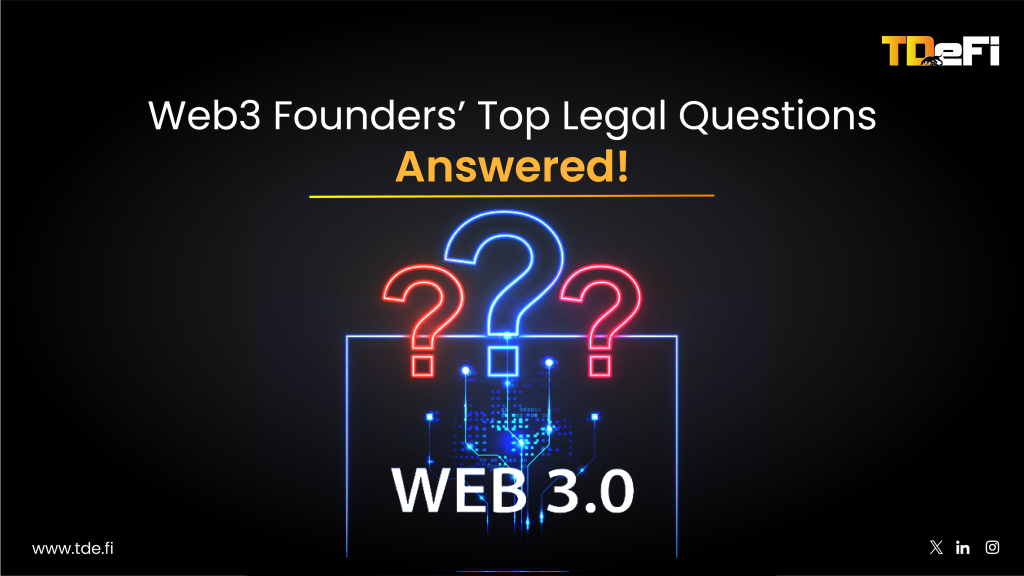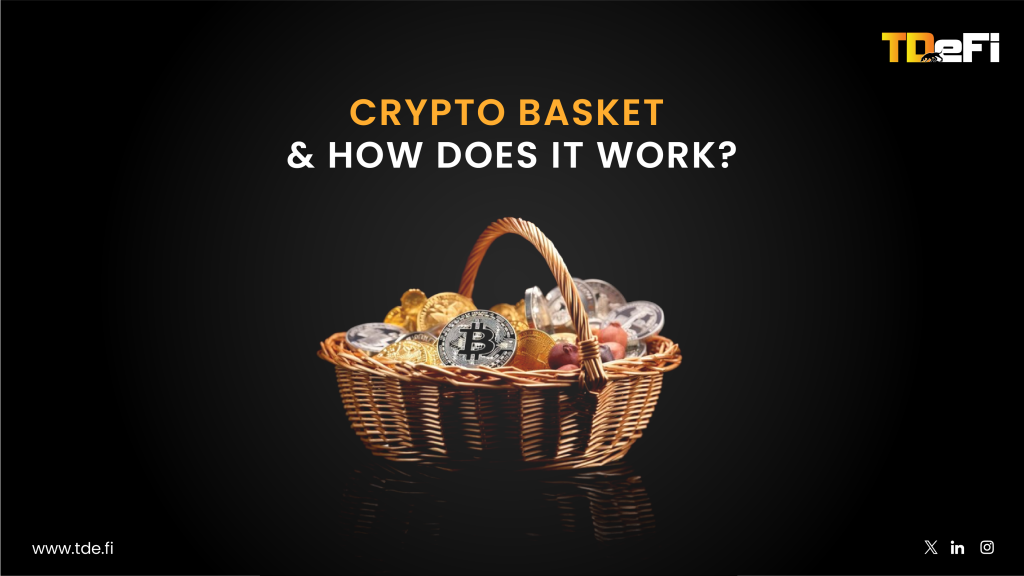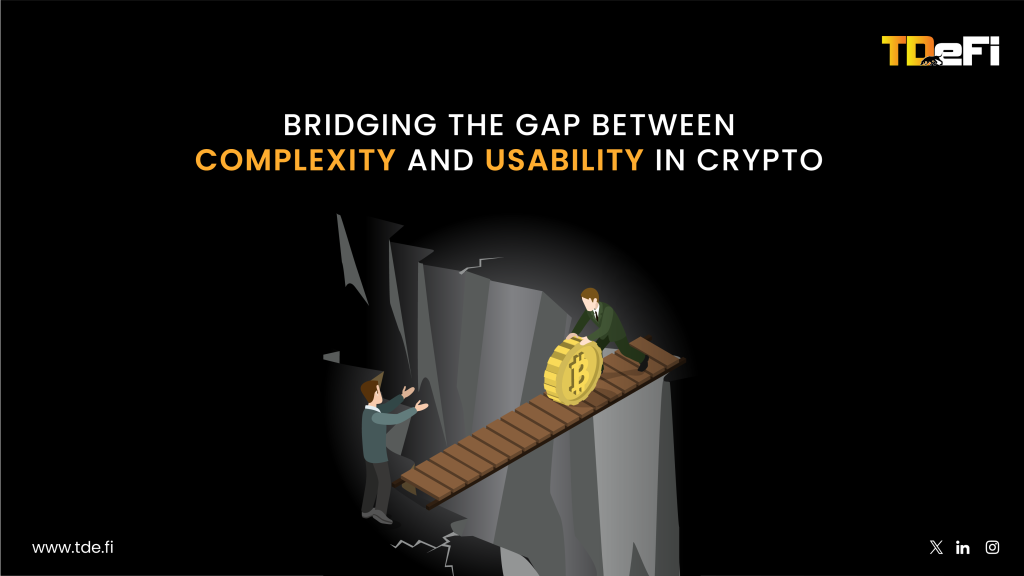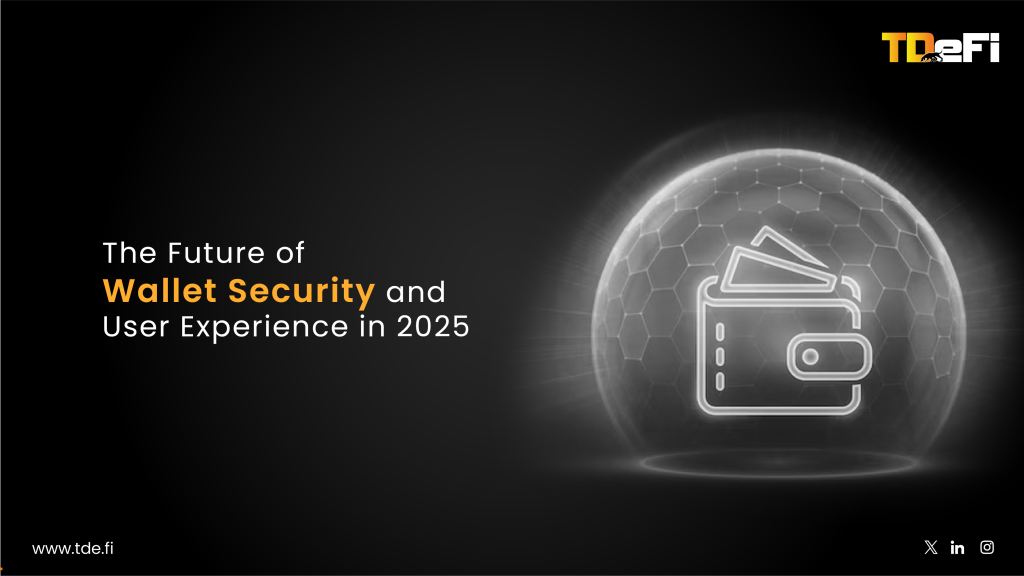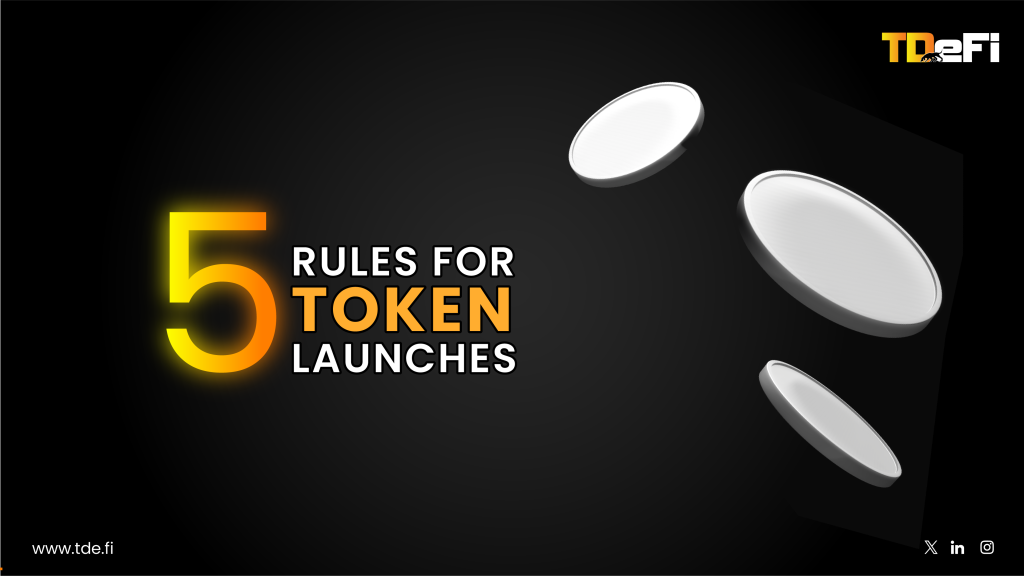Starknet’s Meteoric Rise and Peak Activity
Starknet, a zk-rollup layer-2 on Ethereum, saw a meteoric rise in usage through 2023. As a highly anticipated network using STARK proofs, it attracted a wave of users and developers looking to capitalize on its technology and rumored token. By late 2023, Starknet regularly recorded over ~ 100K daily active addresses on-chain. This surge was fueled in part by speculation of an airdrop; users flocked to Starknet dApps (like JediSwap and others) to farm eligibility. At its peak, Starknet’s on-chain activity translated into six-figure daily fee revenues – well above ~ $200K per day in early 2024, reflecting intense network usage and relatively high gas costs for the rollup. For context, on Starknet’s token launch day (Feb 20, 2024), transactions briefly spiked to 12.3 TPS, with ~ 380K+ daily users crowding in. The period from Q3 2023 to Q1 2024 truly marked Starknet’s zenith in terms of on-chain activity and hype.
This roaring activity drove significant fees to Starknet’s sequencer. In fact, leading up to the token launch, Starknet was among the top L2s in fee revenue, outpacing even Arbitrum’s fees in the months after Arbitrum’s airdrop. While Arbitrum managed to grow its fees from about $120K/day in March 2023 to as high as $480K–$1.2Mn/day by March 2024, Starknet wasn’t far behind. Many days in early 2024 saw Starknet fee revenue in the high six figures, thanks to intense usage by users jockeying for the airdrop. In short, Starknet’s rise was characterized by rapid user growth, heavy on-chain transactions, and a fee revenue boom that signaled a seemingly healthy, growing ecosystem. But as we’ll see, these metrics would prove painfully fleeting.
The Post-Airdrop Collapse: Users and Activity Plummet
Starknet’s fortunes took a sharp turn after its much-awaited token airdrop. The STRK token “Provisions” airdrop went live on Feb 20, 2024, distributing 10% of the total supply (~728 million STRK) to over 1.3 million eligible addresses. What followed was a textbook case of an activity collapse. On airdrop day, usage peaked and then cratered. Daily active users, which had surged above 380K during the airdrop rush, swiftly fell back to baseline levels, and then kept falling. Within a week after the token claim, daily active addresses dropped to ~ 43K, and by mid-April 2024 Starknet was averaging only ~ 20K daily users. This represented an engagement free-fall of over 80–90% from the pre-airdrop highs.
Multiple factors drove this collapse. First, airdrop farmers and Sybil addresses exited en masse once they’d claimed tokens. Starknet’s airdrop eligibility rules had already been controversial – e.g. requiring ≥0.005 ETH balance at snapshot, which angered some real users – and many “airdrop hunters” lost interest immediately after cashing out. In fact, just before the airdrop, Starknet saw a drastic purge: when eligibility criteria were tightened last-minute, the network’s active user count plunged 90% in a week (from 226K to 25K) as disqualified farmers abandoned ship. This foreshadowed the broader post-airdrop exodus of users who had no long-term interest in Starknet beyond the token reward.
Second, Starknet’s transaction activity and dApp usage dropped off a cliff alongside the user exodus. Many of the top Starknet dApps (DEXs, bridges, NFT apps) had their volumes and usage dry up after February 2024. The rush of liquidity and trades that preceded the airdrop disappeared, leaving protocols high and dry. One community member noted that “sybils who extracted millions have completely stopped using the chain… leaving Starknet’s user and activity numbers at a small fraction of the peak”. Even incentives like Starknet’s “DeFi Spring” program (40Mn STRK tokens allocated to liquidity mining), failed to sustain usage when overall network sentiment turned sour. By mid-2024, some joked that Starknet had “8 daily active users” left (a tongue-in-cheek exaggeration of how empty the network felt). While the reality wasn’t quite that dire, the network was unquestionably quiet: Starknet and another airdrop-fueled L2, Manta, were “facilitating less than 100K transactions on most days” by mid-2024, vastly lower than their peaks.
Perhaps most dramatically, Starknet’s fee revenue collapsed as on-chain activity evaporated. The chart below illustrates how stark this drop was – fee revenue (Pink area) spiked leading into early 2024, then fell to almost negligible levels by 2025. Meanwhile, the STRK TVL also surged post launch and then dissipated to 1/3rd of the TVL:
Chart: Starknet’s fee revenue spiked above $200k/day around the token launch (early 2024) but then plummeted rapidly. By early 2025, daily fees were effectively near-zero (often only a few hundred dollars), reflecting the massive drop in usage. (Source: DefiLlama)
By April 2024, just weeks after the airdrop, Starknet’s fees had already dwindled to roughly $3,000 per day. And the downtrend continued for the rest of the year. In late 2024, there were brief upticks (one November 2024 report noted fees jumped ~10× off an extremely low base) as Starknet introduced upgrades and even staking, but the absolute numbers remained tiny. Come early 2025, Starknet was averaging only a few hundred dollars in daily fees – e.g. around $260 in 24h fees as of April 2025. This is effectively a 99%+ drop from the six-figure daily fees seen at its height. In other words, the fee revenue “cash flow” of the Starknet network virtually dried up, which is alarming for a blockchain that once boasted serious traction. Lower protocol fees were partly by design (Ethereum’s late-2023 Dencun upgrade cut L2 data costs, and Starknet even slashed its own gas costs, but the primary cause was simply lack of activity. Even with much lower fees per txn, a healthy network like Arbitrum or Optimism still sees tens of thousands of dollars in daily fees from sheer volume of users – Starknet couldn’t. It went from a bustling rollup to a ghost town post-airdrop.
Protocol and User Behavior: What Went Wrong?
It’s worth digging into why the airdrop had such a corrosive effect on Starknet’s metrics. A big part of the story is inorganic usage versus organic community. In the lead-up to February 2024, a huge portion of Starknet’s activity was driven by airdrop chasers engaging in borderline Sybil behavior – creating many wallets, doing repetitive token swaps, NFT mints, bridging back-and-forth, and other gamified actions solely to qualify for tokens. This activity pumped up numbers (transactions, volume, addresses) artificially. The Starknet Foundation tried to filter Sybils in the airdrop criteria, but many slipped through. Once the snapshot was taken and tokens distributed, these farmers had no reason to stay: they dumped STRK and moved on to the next hunt (as evidenced by STRK’s price falling from ~$7 at launch to <$2 within weeks. The result was a vacuum of activity. Starknet’s genuine user base – those truly interested in its tech or dApps – was relatively small, and many felt alienated by the airdrop’s design. Community sentiment turned “very negative” after the airdrop; every Starknet post was met with “#scamnet” tags and complaints about the unfair token distribution. This PR fallout further discouraged real users and developers from sticking around.
The protocols on Starknet’s network also felt the pain. Many DeFi apps had encouraged usage with the expectation of the airdrop (and later with the Foundation’s DeFi incentives). When users vanished, those protocols saw their TVLs and volumes plummet. For example, liquidity providers who had been earning high yields (aided by the DeFi Spring rewards) suddenly found no traders to profit from. A Starknet options AMM team noted that even 1% per week incentives couldn’t attract new users when sentiment was so poor. The ROI of liquidity mining collapsed – one analysis pointed out that even with Starknet’s token incentives, the APRs on Starknet DeFi weren’t much higher than other chains, due to vanishing organic volume. This raises a vicious circle: low usage > low returns for participants > protocols struggle > developers lose confidence. Indeed, developers began reconsidering building on Starknet. The effort to learn and use Cairo (Starknet’s native smart contract language) seemed hard to justify if “there is little reward to be had” in terms of users or revenue. The opportunity cost of deploying on Starknet versus a more active L2 became huge once the user base shrank. Thus, both user and protocol behavior post-airdrop indicated a lack of lasting commitment – Starknet hadn’t yet built the kind of loyal community or must-use applications that keep an ecosystem vibrant beyond token-grabbing.
Comparing Starknet with Arbitrum, Optimism, and zkSync Era
Starknet’s bust stands in stark contrast to some other Ethereum layer-2 networks that launched tokens or incentive programs, yet managed to sustain activity well after the initial hype. A prime example is Arbitrum. Arbitrum executed a massive airdrop of its ARB token in March 2023, and like Starknet, it saw an immediate frenzy of usage around the drop. However, unlike Starknet, Arbitrum’s core usage stayed strong post-airdrop. An analysis by Nansen two months after ARB’s launch found that “transactions and daily users remained at historically high levels even after the airdrop”. The network hit record activity during the airdrop and then settled at a new, higher baseline rather than crashing back down. In fact, Arbitrum’s sequencer revenues grew steadily – from ~$150k/day pre-airdrop to nearly $500k–$1M/day a year later – indicating real, growing demand. Why did Arbitrum fare differently? One reason is that Arbitrum had a rich ecosystem of applications (GMX for perpetuals, Uniswap, Treasure NFTs, etc.) that users genuinely wanted, beyond any airdrop. These apps kept users engaged. Additionally, Arbitrum’s airdrop was accompanied by the launch of a self-governing DAO, and Arbitrum distributed tokens to many project treasuries as well. This meant many Arbitrum dApps had resources (and incentives) to continue attracting users with rewards or new features long after the airdrop event..
Optimism provides another instructive comparison. Optimism launched its OP token via an airdrop in mid-2022 and saw an initial spike (and dip) in activity similar to others. But Optimism took a very programmatic approach to sustaining growth. It introduced ongoing incentive initiatives like Optimism Quests and Builder Rewards, effectively drip-feeding OP tokens to projects and users who continued to participate. Instead of one big airdrop, Optimism set aside a large portion of its token supply for future “ecosystem grants” and retroactive public goods funding. This created continuous reasons for users and devs to stick around. By 2023, Optimism’s daily transactions and fees were holding steady, and even growing, thanks to popular apps (like Velodrome exchange) and the launch of new L2s using its technology (e.g. Base, Coinbase’s L2, which leverages the OP Stack and in turn drove more usage to the broader Optimism ecosystem). While Optimism’s fee levels are lower than Arbitrum’s, it has managed to keep a loyal base of developers and users through these sustained incentive programs and a clear governance structure for allocating tokens. In short, Optimism’s community remained engaged long after “AirDrop #1” because they knew more opportunities (and rewards for participation) were coming, tied to tangible network goals rather than surprise snapshots.
It’s also interesting to consider zkSync Era, another zk-rollup L2 that launched around the same time as Starknet (zkSync went live in early 2023) but, as of early 2025, still has not launched a token. Paradoxically, zkSync’s lack of an airdrop so far may have helped it maintain activity – users continued to use zkSync throughout 2023 and 2024 speculating that a token will eventually come, effectively stretching the “airdrop farming” era into a long-term engagement tool. That said, zkSync also worked to onboard real projects (UniSwap, Curve, and others deployed there) and improve its performance, which attracted genuine usage (payments, swaps, NFTs) beyond just farming. By late 2024, zkSync Era was generating fees on par with Arbitrum on many days, suggesting it cultivated real demand. The key difference is that zkSync hadn’t yet cashed in its “airdrop card” – once it does, the true test will be whether it can avoid Starknet’s fate. But zkSync’s strategy of focusing on product and ecosystem first, token later (or last), highlights an approach to building sustainable activity without an early token-led rush.
Beyond Airdrops: Building Sustainable Ecosystem Value
Starknet’s boom and bust highlights a vital lesson for crypto ecosystems: airdrops and short-term incentives alone cannot create lasting value. So how can Starknet – or any network – build sustainable growth beyond the initial hype? Several strategies emerge from analyzing successes and failures:
- Developer Engagement and Support: A vibrant, sustainable ecosystem starts with developers. This means making it attractive for developers to build and stay. Starknet’s approach of using Cairo (a unique language) gives it technological prowess, but it raised the barrier to entry for new builders. To turn the corner, Starknet will need to double down on developer support – continue funding grants and hackathons (13% of STRK was allocated to grants) for those building useful apps, improve documentation and tooling for Cairo, and perhaps consider facilitating more familiar smart contract languages (so EVM devs can port over easily). The goal should be to entice developers not with just grants, but with the promise of a growing user base. That only happens if developer incentives align with user growth (e.g. programs that reward dev teams based on usage milestones, not just upfront). Other L2s have done this: Optimism’s Retroactive Public Goods Funding rewarded dev teams after they built popular infrastructure, giving a longer-term incentive to improve the chain. Starknet could implement similar retrospective rewards for those who significantly push adoption or provide public goods in its ecosystem. TDeFi have organised multiple hackathons through Bizthon and onboarded the developer community to build on and expand the dApp ecosystem for our partner chains such as Solana, XRPL, COTI, Bahamut, ICP and many more.
- Fostering Key Apps and Use Cases: Users ultimately stick around for applications that deliver value or entertainment. Starknet needs to cultivate some “killer apps” unique to its platform. This could be in areas where Starknet’s ZK-tech shines – perhaps complex gaming (on-chain games that leverage validity proofs), privacy-preserving applications, or novel DeFi protocols that can’t run as well elsewhere. Importantly, Starknet should partner closely with its leading projects (many of which nearly died off post-airdrop) to reboot their growth. For instance, protocols like JediSwap (AMM) or zkLend (money market) could be revitalized with coordinated incentives or improved UX to bring users back. The Starknet Foundation’s “DeFi Spring” was a step in this direction, but simply seeding liquidity isn’t enough if users aren’t there to trade. The focus should shift to user acquisition for these apps: marketing campaigns, cross-chain promotions (perhaps encourage Ethereum users to try Starknet apps via seamless bridging with incentives), and highlighting any successful metrics (if, say, an NFT market on Starknet picks up volume, amplify that story). Ecosystem highlights and success stories can counteract the negative narrative and slowly pull new users in. One of the ways TDeFi has supported various infrastructures is by hosting Acceleration Programs, where projects with the most impactful use cases within the ecosystem are given the chance to connect with & learn from industry experts. These programs also provide opportunities to network with blockchain partners and onboard them into their ecosystems through milestone-based grant disbursements.
- Governance and Community Ownership: Part of sustaining an ecosystem is giving the community a real voice and stake in its direction. Arbitrum and Optimism empowered their communities via governance tokens that actually influence protocol parameters and treasury spending. Starknet’s STRK is intended for governance and even staking (as the network decentralizes its sequencer), but so far the community hasn’t felt in control – the first airdrop left many feeling “overlooked” or treated unfairly. Going forward, Starknet could build trust by transparently involving the community in major decisions. For example, designing the next airdrop in public with community input and a snapshot vote (as one forum proposal suggests) would be a huge reputational boost. If users feel the distribution will be fair and they can influence it, they are more likely to re-engage and even promote Starknet to others. Likewise, Starknet should activate on-chain governance for how remaining tokens (the foundation’s reserves, etc.) are spent – perhaps letting STRK holders vote on funding new initiatives, similar to how Uniswap or Arbitrum DAO fund grants. Community ownership can turn users from passive farmers into long-term stewards if done sincerely.
- Public Goods and Long-Term Incentives: One notable thing Starknet did during the airdrop was allocate a small portion to Ethereum public goods (e.g. funding open-source contributors, Ethereum Protocol Guild). This was commendable and signals a long-term mindset. Continuing to fund public goods (both within Starknet, like common infrastructure, and in the broader Ethereum ecosystem) will pay dividends by attracting builders who appreciate that ethos. Moreover, Starknet should invest in its core infrastructure performance – throughput, latency, fees. The recent engineering milestones (like the Dencun upgrade reducing Starknet’s costs, and Starknet’s own upgrade achieving 1–2 TPS steady throughput) are important, but the network must keep improving to handle future growth. By communicating a roadmap of scaling and decentralization (e.g. more nodes participating in proving, community-run sequencers in the future, etc.), Starknet can appeal to the crypto ideals of decentralization and resilience. Users and developers are more willing to stick with a network that demonstrates technical progress and isn’t standing still. In fact, Starknet recently showcased a record 857 TPS in a stress test – translating such feats into everyday reality (while maintaining low costs) could attract applications that need high throughput, giving Starknet a niche.











